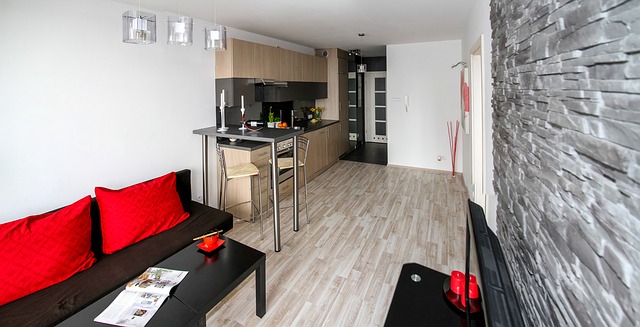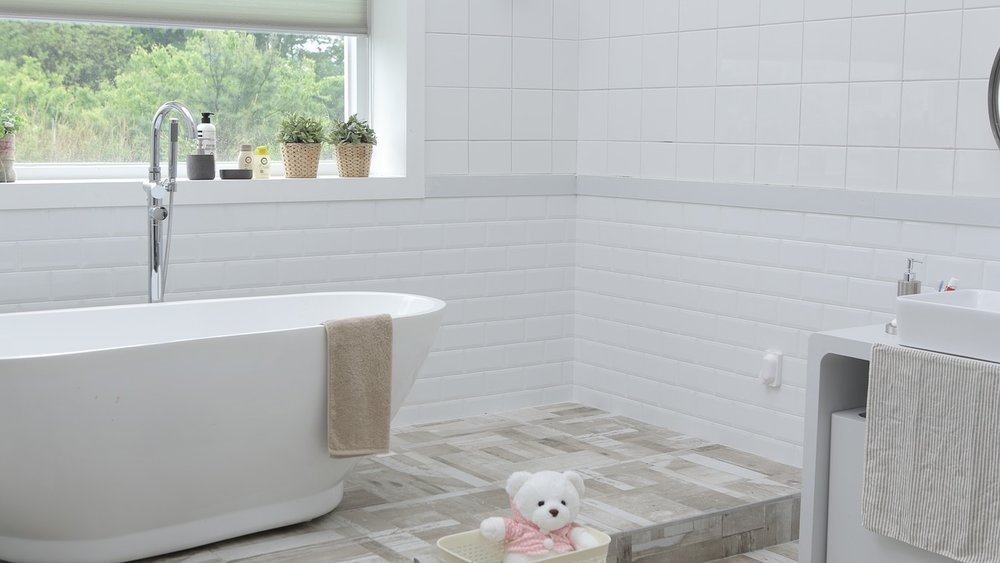
A lot of people wonder about what goes into the making of a successful interior designer. After all, they establish path-breaking design trends, experiment with materials and colors, and blend tradition and individuality with consummate ease. However, you need not be a professional to set your own interior design trends and be confident about them. Here is how you can be confident about your own interior design style.
Let your surroundings inspire you
Nothing is ever created by secluding oneself or avoiding all external influences. In fact, one should start deriving inspiration from their surroundings. Look out for illustrations and photographs in sync with your style and put them up as your desktop wallpapers and posters for your workspace and so on. Study your sources of inspiration to understand unifying themes and elements. Cull out what you don't like, and gradually introduce these individual elements into your own space.
Take your time to develop your style
Developing confidence in your own style takes time. Let the learning process take its natural course, since it will also help you develop good taste. If possible, acquaint yourself with someone who is a professional at interior design, and watch them go about their job. Understanding that you need time to develop will also take undue pressure off you. Start with one thing at a time, and avoid going large-scale.
Infuse elements from personal life
Incorporating elements from your personal life can be a great idea. Go through your favorite objects in your house, including keepsakes, books, bowls, photographs, pebbles, or works of art. Try to notice motifs common to your personal belongings and how they can be introduced to your style of interior design. It could be food, travel, animals, or even films. Interior designers commonly use things that clients collect to determine their style.
Blend the functional with the beautiful
While looking at pictures of interiors for inspiration, don't forget to form your own responses to them. Ask yourself if you would like to live in, or be comfortable in such a space. If not, the style is not functional. Thinking only about the aesthetic and foregoing the practical can mount needless pressure on you to design your space a certain way.
Observe other spaces
Places like malls, restaurants, offices and the like, are usually professionally designed. If you want to develop a sense of interior design, start observing these spaces more deeply. Notice furniture placement, the use of color and texture, and the degree to which they are executed. Notice how different elements used together can create a certain ambience.
Face and conquer your phobias
For a lot of people, developing confidence in their own interior design style is more about conquering fear of failure. However, the only way to do that is to face it. If you are nervous about the use of color, start out by choosing moderate, pleasant colors that you like. You could also invest in colorful elements like candles, flowers, or other accessories and test it out. If you're afraid that white cannot be used successfully in a family home, there's a way around that too. Instead of painting your walls white, go for painted white floors that can be mopped up, or get white laminate tables.
from Articles http://www.summerhaus.com.sg/articles/2017/3/7/how-to-have-confidence-in-your-own-interior-design-style
via Summerhaus Dzign


















